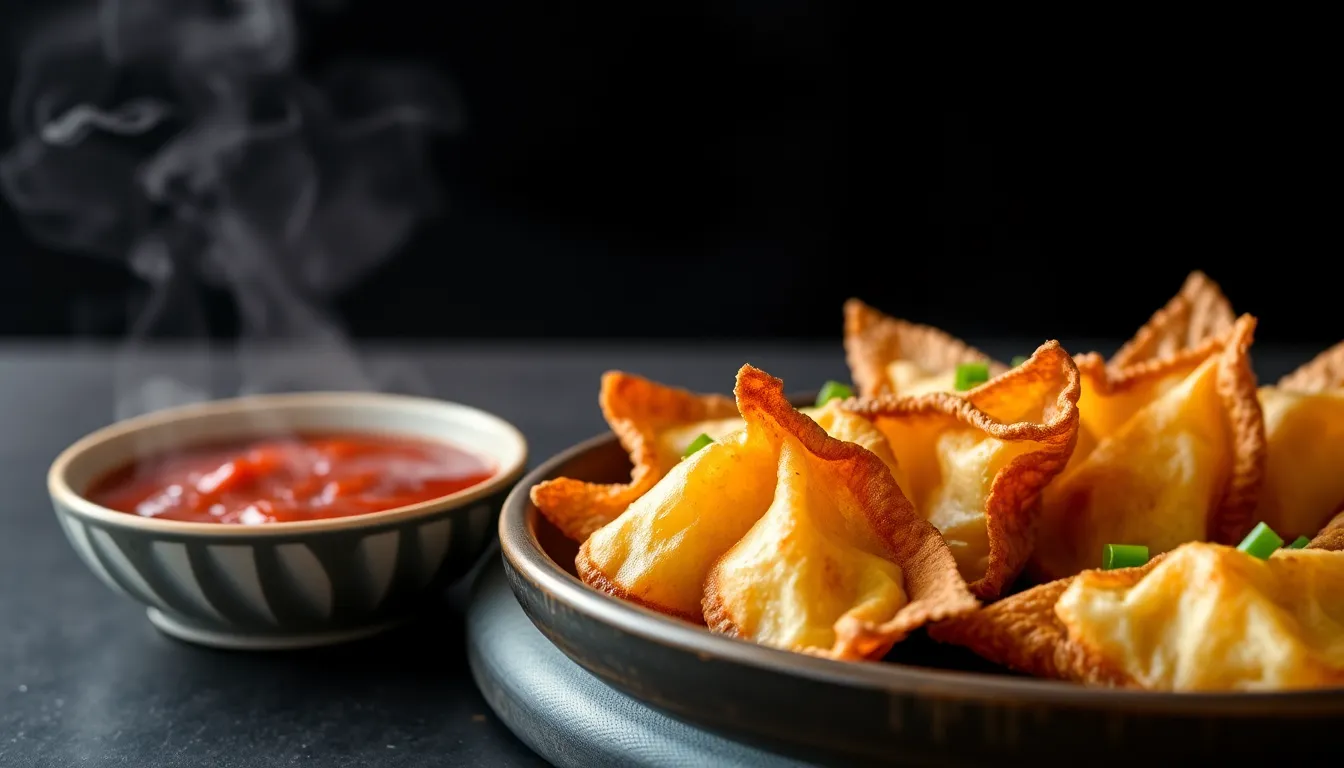How to Roast Nuts at Home for Maximum Flavor
Introduction
Roasting nuts at home is not just a delightful culinary skill; it’s also a fantastic way to enhance the flavors of these nutritious snacks. The difference in taste between raw nuts and their roasted counterparts is remarkable—roasting releases essential oils, producing a rich, toasty flavor and a satisfying crunch.
When you roast nuts yourself, you have full control over the seasoning, allowing you to tailor them to your taste. Common nuts that can be roasted include:
- Almonds
- Walnuts
- Pecans
- Cashews
- Hazelnuts
Section 1: Choosing the Right Nuts
1.1 Popular Nuts for Roasting
Different types of nuts lend themselves well to roasting. Here’s a rundown of some favorites:
- Almonds: Crisp and slightly sweet, perfect for both savory and sweet applications.
- Walnuts: Earthy and rich, they become even nuttier when roasted.
- Pecans: Sweet and buttery, ideal for desserts and snacking.
- Cashews: Creamy and soft, they roast beautifully and absorb flavors well.
- Hazelnuts: Nutty with a hint of sweetness, they are fantastic in pastries and snacks.
1.2 Freshness Matters
When choosing nuts, freshness is key. Here are tips for selecting the freshest nuts:
- Check for a good sell-by date on the packaging.
- Look for nuts that are uniform in color and size.
- Avoid nuts with any signs of mold or rancidity, such as an off smell or taste.
To check for freshness, you can:
- Smell the nuts: They should have a pleasant, nutty aroma.
- Look closely: Fresh nuts should have a firm texture and no discoloration.
Section 2: Preparation Steps
2.1 Prepping Your Nuts
Preparation is crucial for achieving the best-roasted nuts. Follow these steps:
- Washing and drying: Rinse the nuts briefly under cold water and dry them completely with a clean kitchen towel.
- Optional: Soak nuts in water for 2-12 hours. This process enhances flavor and makes nuts easier to digest.
2.2 Seasoning Options
Seasoning can elevate your roasted nuts to new heights. Here are some ideas:
- Salted vs. unsalted: Choose based on preference; unsalted allows for more seasoning creativity.
- Sweet vs. savory: Experiment with different profiles to discover your favorites.
2.3 HTML Table: Seasoning Options for Roasted Nuts
| Flavor Profile | Ingredients | Method |
|---|---|---|
| Classic Salted | Salt | Sprinkle before roasting |
| Spicy | Cayenne pepper, paprika | Mix with oil before roasting |
| Sweet Cinnamon | Cinnamon, sugar | Mix with nuts before roasting |
| Herb-Infused | Rosemary, thyme | Infuse oil and toss with nuts |
| Chocolate Drizzle | Chocolate, sea salt | Drizzle after roasting |
Section 3: Roasting Techniques
3.1 Oven Roasting
Oven roasting is the most common technique and results in perfectly roasted nuts. Here’s how:
- Temperature: Preheat your oven to 350°F (175°C).
- Timing: Nuts generally take 10-15 minutes to roast, depending on the type.
Step-by-step instructions:
- Spread the nuts evenly on a baking sheet lined with parchment paper.
- Roast in the preheated oven, stirring every 5 minutes for even roasting.
- Once golden brown and aromatic, remove from the oven and let cool.
3.2 Stovetop Roasting
Stovetop roasting is quicker and retains more control over the process. Here are the pros and cons:
- Pros: Faster cooking time; easy to monitor.
- Cons: Requires constant attention to avoid burning.
Step-by-step instructions:
- Heat a skillet over medium heat.
- Add nuts in a single layer, stirring frequently.
- Cook until golden brown, about 5-10 minutes.
- Remove from heat and cool.
3.3 Air Fryer Roasting
The air fryer is a modern, quick method for roasting that yields crispy nuts. Here’s how:
- Temperature: Set your air fryer to 300°F (150°C).
- Timing: Nuts typically roast in about 8-10 minutes.
Step-by-step instructions:
- Place the nuts in the air fryer basket in a single layer.
- Air fry for 8-10 minutes, shaking the basket halfway through.
- Check for doneness, let cool before serving.
Section 4: Cooling and Storing Roasted Nuts
4.1 Cooling Techniques
Cooling is an essential step to ensure your nuts maintain their crispiness. Here’s why:
- Cooling allows the nuts to finish cooking and harden.
- Proper cooling prevents sogginess from steam.
Best practices for cooling nuts:
- Spread them out on a cool baking sheet.
- Allow them to cool completely at room temperature.
4.2 Storage Tips
To keep your roasted nuts fresh and flavorful, consider the following storage tips:
- Store in an airtight container to prevent moisture.
- Keep them in a cool, dark place; refrigeration can extend shelf life.
Recommended containers and locations:
- Glass jars with tight seals.
- Plastic containers specifically designed for food storage.
- Cool pantry or refrigerator for extended freshness.
Section 5: Creative Ways to Use Roasted Nuts
Once you’ve mastered the art of roasting nuts, the possibilities are endless! Here are some creative ways to enjoy your roasted creations:
- Toppings: Sprinkle over salads, yogurt, or oatmeal for added crunch and flavor.
- Homemade Trail Mix: Combine with dried fruits, seeds, and chocolate for a delicious snack.
- Baking: Incorporate into cookies, cakes, or granola bars for a nutty twist.
- Nut Butters: Blend roasted nuts into nut butters for a rich, roasted flavor.
- Gift Jars: Package them as gifts with personalized labels and recipes for friends and family.
Conclusion
Roasting nuts at home is a simple yet rewarding process that amplifies their flavor and gives you the freedom to experiment with various seasonings. By selecting fresh nuts, mastering preparation and roasting techniques, and exploring creative usages, you can elevate your snacking game. So, grab your favorite nuts and get ready to enjoy the incredible transformation they undergo when roasted at home!




